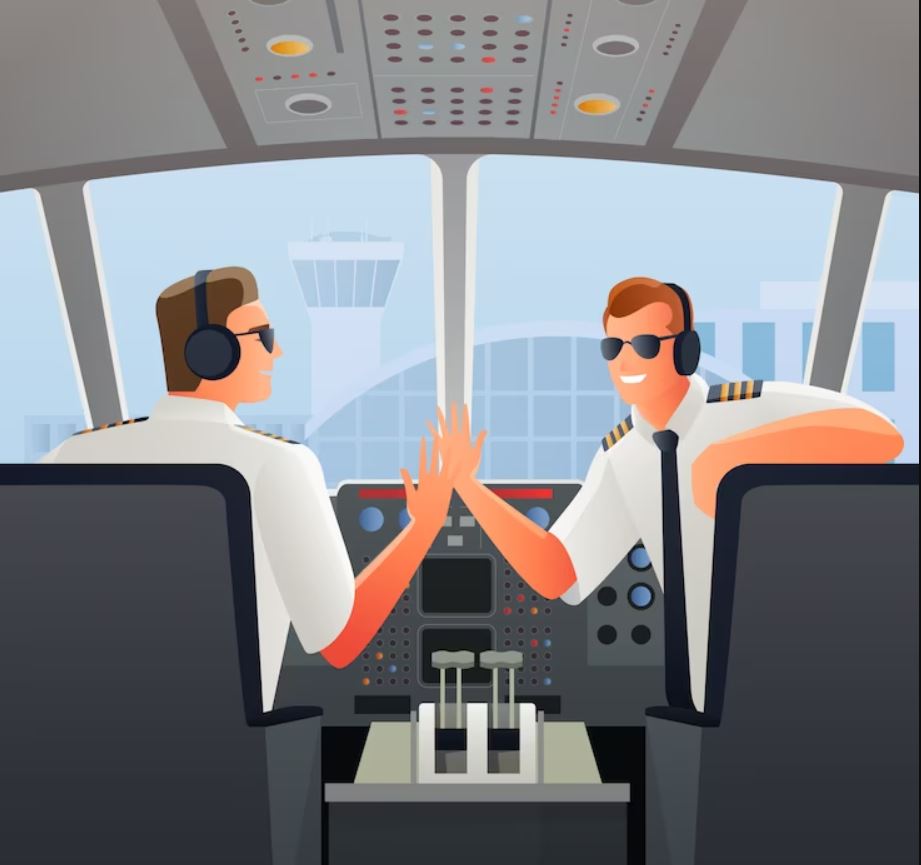Paramotor propellers are quickly becoming one of the most popular ways to explore the skies. This guide will provide tips and tricks for getting the most out of your paramotor propeller and aircraft headset. From safety tips to maintenance suggestions, you’ll find everything you need to know about paramotor propellers and aircraft headsets from UFQ Aviation to help you soar into the sky.
Safety Tips for Using Paramotor Propellers
The first step in using paramotor propellers safely is ensuring you have the right type for your aircraft. The wrong type of propeller can cause damage to the plane, resulting in severe injury or even death. It is also essential to ensure the propeller is secured correctly and balanced. An unbalanced propeller can cause vibration and other problems in the aircraft.
The second step is to ensure that you have the proper protective gear. This includes a helmet, gloves, and an aircraft headset. The helmet will protect your head from any debris the propeller may throw off. The gloves will protect your hands from sharp edges on the propeller blades. The aircraft headset will allow you to communicate with other pilots and receive instructions from air traffic control.
The third step is to make sure that you are aware of your surroundings at all times. Please pay attention to other aircraft in the area and ensure your propeller is not interfering with theirs. Stay clear of any power lines or other obstacles that could be hazardous to your flight. Additionally, always keep an eye out for other pilots and make sure that you are not infringing on their airspace.
The fourth step is always following the manufacturer’s instructions when using the propeller. This includes the installation, maintenance, and use of the propeller. Please pay attention to the torque settings and ensure they are set correctly. Doing so will help ensure that the propeller is performing optimally and safely.
The fifth step is to inspect the propeller regularly. Look for any signs of damage or wear and tear, and ensure all the screws and bolts are correctly tightened.
Choosing the Right Paramotor Propeller
When choosing a paramotor propeller, you should consider the size and weight of your aircraft. It is essential to get the right size and weight of propeller for your plane to ensure that it performs optimally. Additionally, you should consider the flying you will do when choosing a paramotor propeller. Some propellers are better suited for long-distance flight, while others are better for short-distance. Additionally, it is essential to consider the noise level of the propeller when making your choice.
Maintenance Tips for Paramotor Propellers
Properly maintaining your paramotor propeller is essential for ensuring that it performs optimally. Inspect your propeller regularly for any signs of wear and tear. Additionally, make sure to inspect the blades for any cracks or splits. Further, you should regularly lubricate the propeller and keep it clean to prevent any dirt or debris from building up. Additionally, you should inspect the engine regularly to ensure it is running correctly.
Benefits of Investing in an Aircraft Headset
Investing in an aircraft headset is essential for any pilot looking to get the most out of their paramotor propeller. An aircraft headset allows the pilot to communicate with air traffic control and other pilots in the area. Additionally, it is essential to have a headset to listen to important safety information and weather updates in the area. Furthermore, a headset allows the pilot to enjoy music or podcasts while flying.
How to Get the Most Out of Your Aircraft Headset
A few tips and tricks can help you get the most out of your aircraft headset:
- Ensuring your headset is correctly fitted to your head is essential.
- Ensure that your headset is correctly charged and the batteries are in good condition.
- Make sure to use the proper settings for your headset for optimal sound quality.
- It is essential to ensure the microphone is positioned correctly so you can communicate clearly with air traffic control and other pilots.


